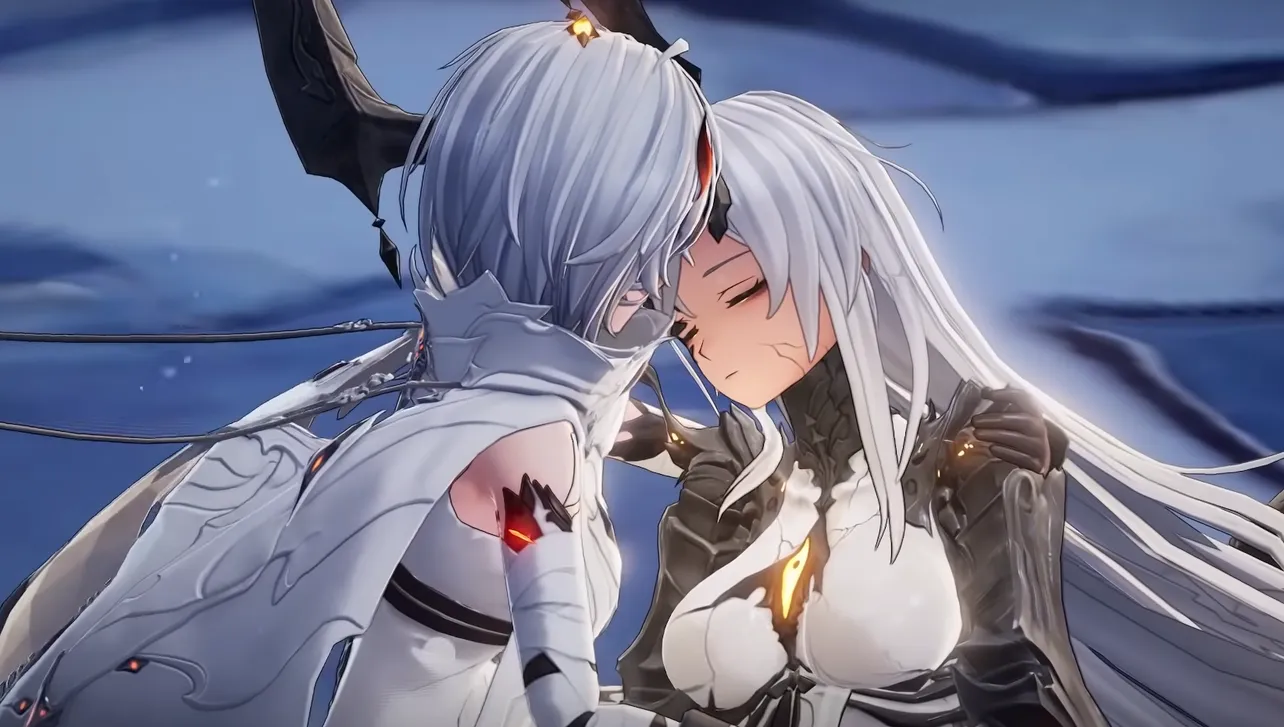Note: This explainer discusses major story events for Psyche, including her on-screen death.
Psyche sits slightly apart from the game’s warring blocs, a wanderer whose combat reads as fast, flowing polearm work with strong aerial presence. In a world driven by Phoxene and split between faith and machinery, her kit leans into momentum and mobility rather than heavy artillery. Her story and visual language repeatedly circle a single image: butterflies and their fragile cocoons — a quiet shorthand for vulnerability, change, and the struggle to break free.
| Aspect | Details |
|---|---|
| Affiliation | Unaffiliated wanderer, outside the main factions |
| Combat identity | Polearm-forward, quick strings of attacks, strong air control |
| Signature motif | Butterflies and transparent cocoons; a weakness and symbol tied to her arc |
| Notable state | Flamboyance limits her actions to skills and shooting while consuming Sanity over time |
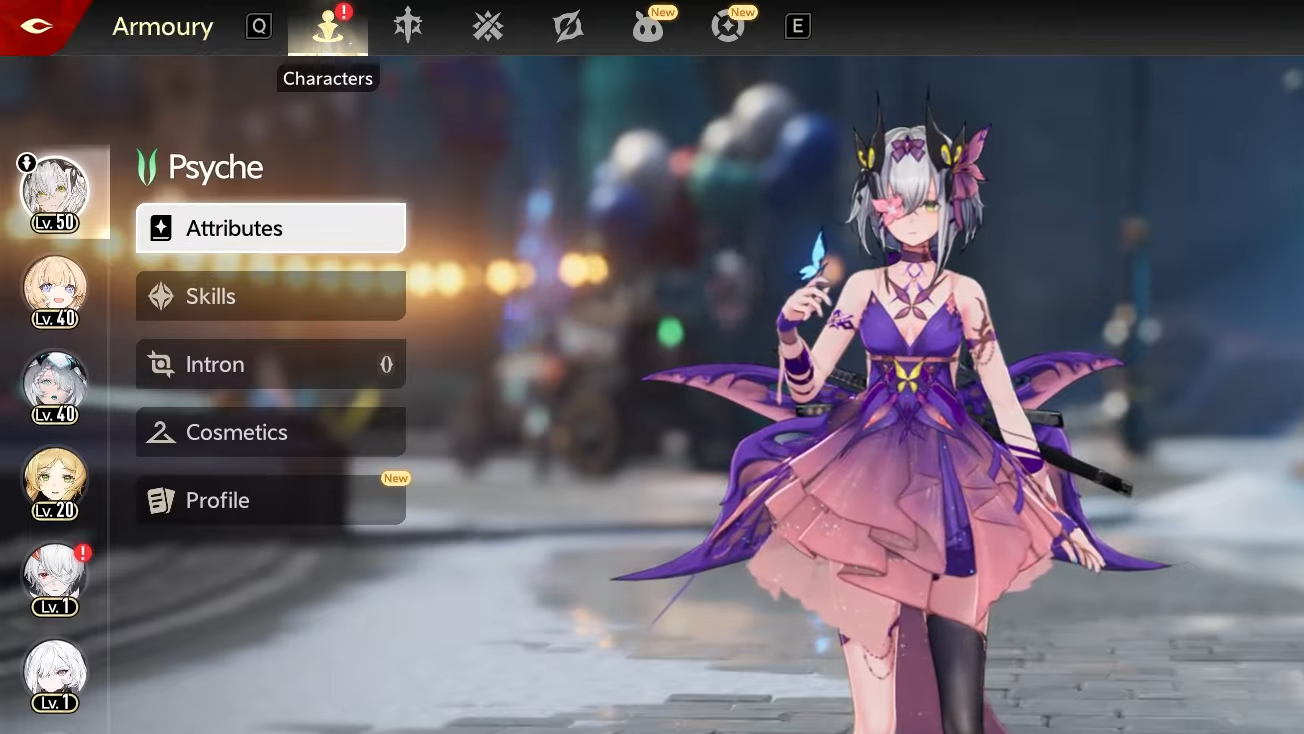
Where Psyche’s death appears (CBT vs Version 1.0)
Psyche’s death is not a background footnote; it’s a designed set piece. Players first encountered it in closed testing, and it returns in the global release as a structured encounter with a closing cutscene. The framing is consistent: her story turns inward before it ends.
| Release | Presentation | Key beats |
|---|---|---|
| Closed beta (CBT) | Narrative chapter | Psyche moves through memories; the chapter culminates in her being killed on-screen. |
| Version 1.0 (global launch) | Boss fight followed by cutscene | A formal duel sequences into a death cutscene, preserving the tragic arc established earlier. |
What the boss fight and cutscene aim to convey
The encounter is staged as an intimate duel rather than a chaotic raid. It prioritizes readability — a clear opponent, a defined arena, and a finish that slows down to let the scene land. The death cutscene doesn’t chase shock value; it lingers. The tone is mournful and reflective, aligning with how her chapter foregrounds memory before finality.
Even if you come to it cold, the sequence communicates enough of who Psyche is through animation, pacing, and the butterfly motif that recurs around her. The effect is to frame the fight less as a triumph and more as a reckoning you’re forced to witness.
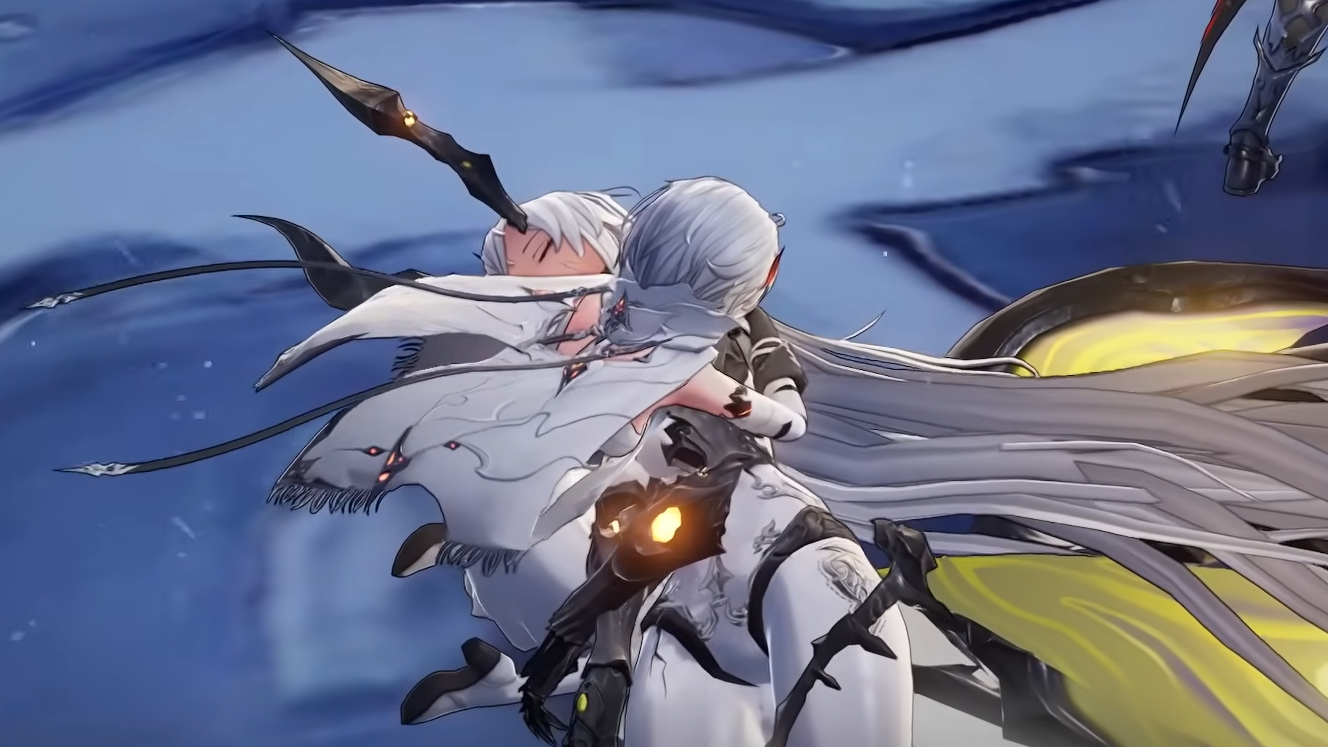
Symbols that matter in Psyche’s final chapter
The butterfly thread is explicit: delicate wings, a clear cocoon, a struggle to emerge. It’s easy shorthand for transformation, but here it also reads as a kind of trap — beauty that can’t survive rough handling. That tension mirrors Psyche’s chapter structure: the game pulls you through her recollections before snapping back to the reality of the duel.
That same push and pull shows up in how she moves. The polearm’s long, sweeping arcs and air time look free, but the framing reminds you there are limits she can’t escape. The imagery doesn’t need exposition to work; it’s built into the choreography and the last shot.
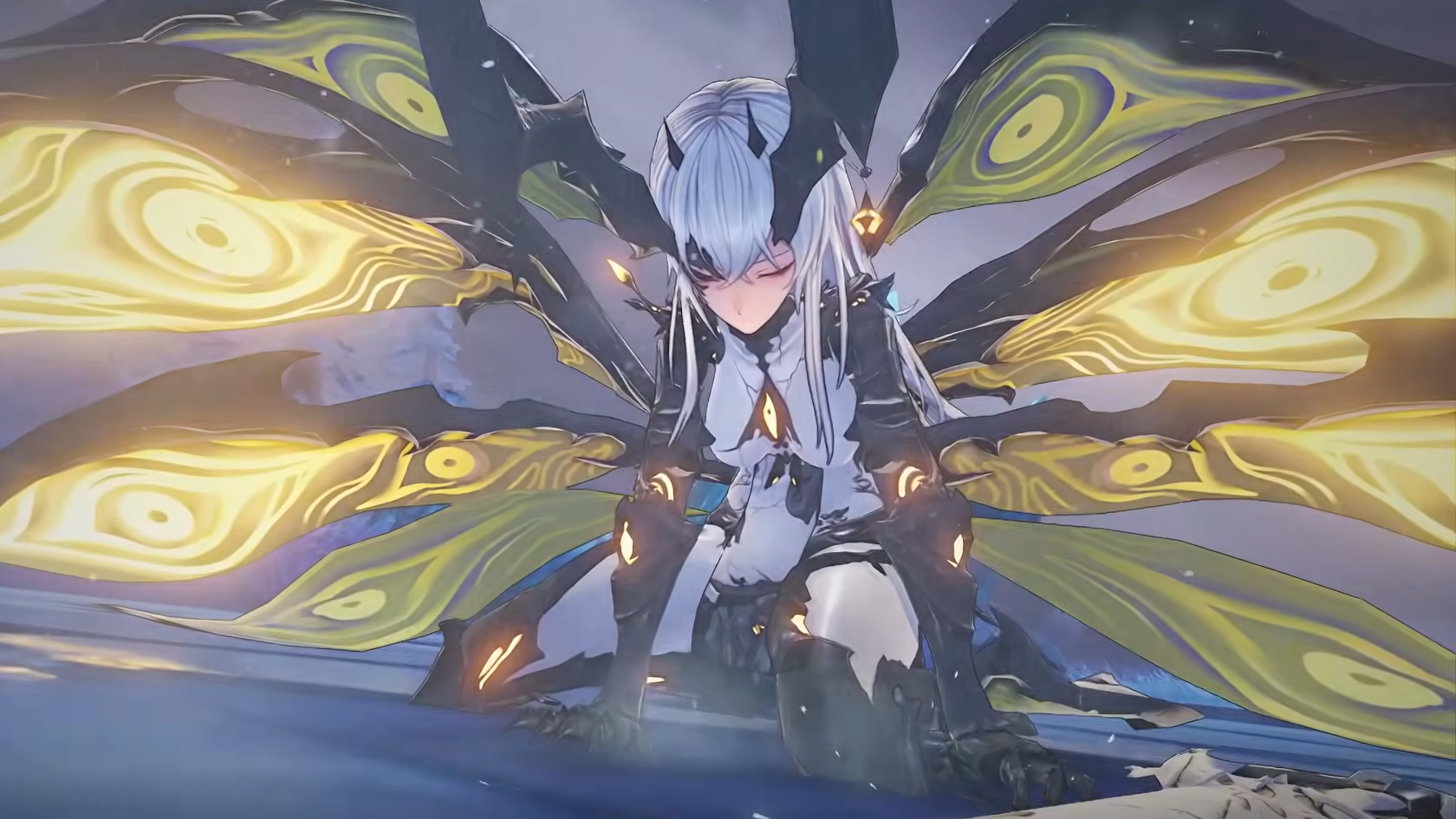
Psyche’s “Flamboyance” and Sanity, briefly explained
Two elements define Psyche’s gameplay identity even outside the story: a special state called Flamboyance and a resource called Sanity. Flamboyance is a high-commitment mode: once active, she’s constrained to using skills and shooting, and it steadily drains Sanity. The tradeoff is rhythm — explosive bursts gated by a resource that won’t last forever.
| Mechanic | What it does | Why it matters |
|---|---|---|
| Flamboyance | Locks actions to skills and shooting | Forces deliberate burst windows; you can’t default to basic strings |
| Sanity | Continuously consumed during Flamboyance | Acts as a timer; mismanaging it cuts bursts short |
Even if the boss fight doesn’t expose every facet of these systems, they inform how Psyche feels to face and to play: fast, precise, and on a clock.
Context in the broader world
Duet Night Abyss splits its world between faith-led orders and techno-alchemical powers, all tapping the same Phoxene energy in different ways. Psyche stands apart from those orthodoxies. That outsider posture helps the chapter land: her death isn’t a factional casualty so much as a personal tragedy set against larger forces she never fully joins.
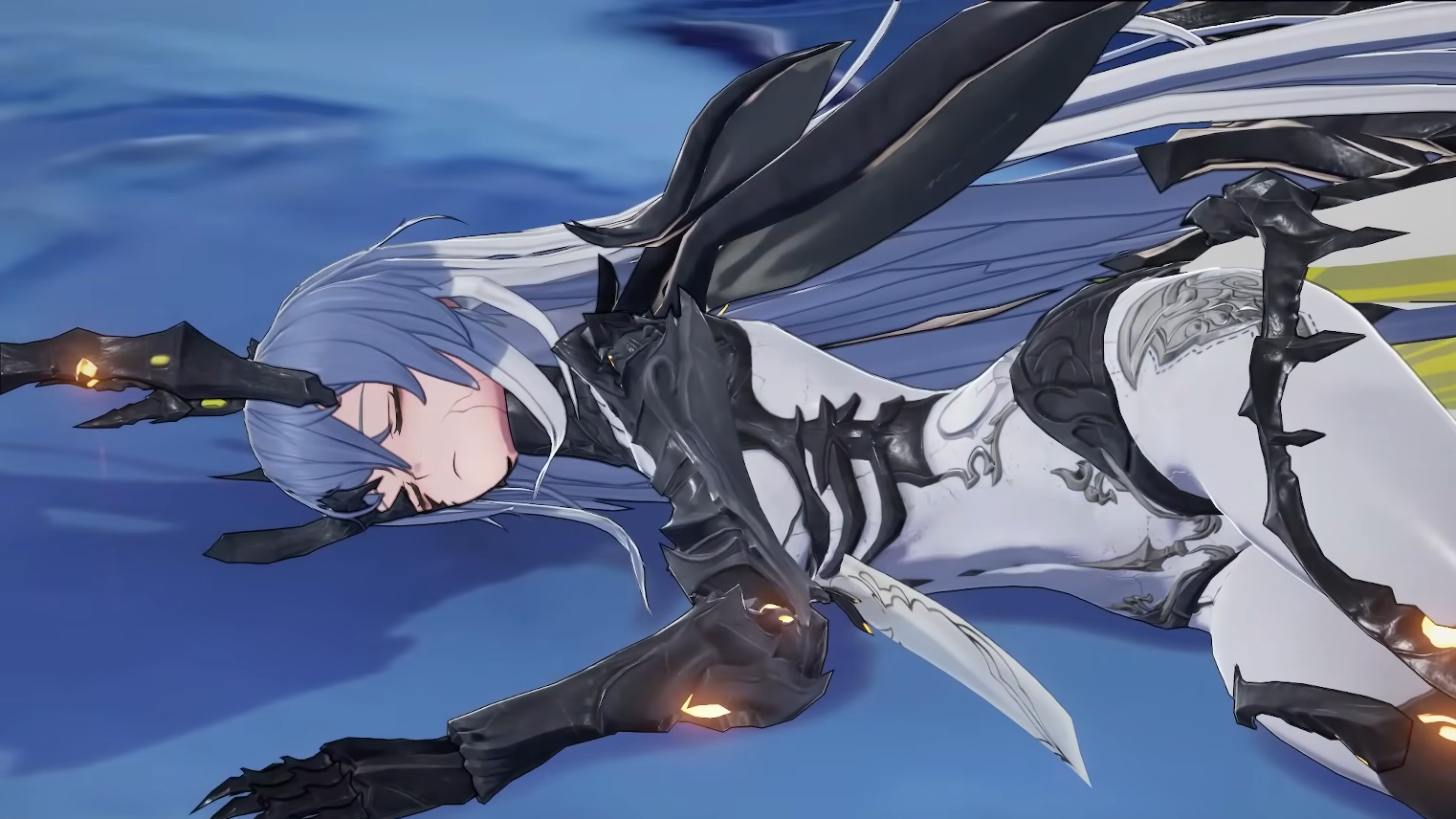
What to expect if you’re meeting Psyche for the first time
- A self-contained story segment that pivots into a one-on-one boss fight.
- A death cutscene that stays with the character rather than the spectacle.
- Recurring visual cues — especially butterflies — that signal how to read the scene.
It’s brief, pointed, and deliberate. The chapter gives Psyche a clear voice and then lets the game’s combat language carry the last word.

